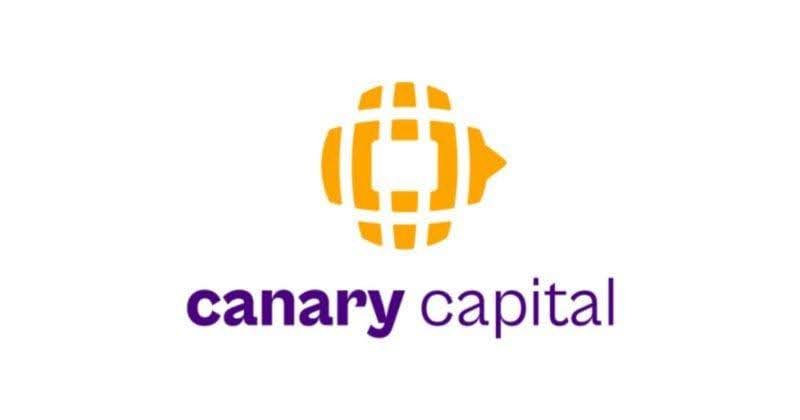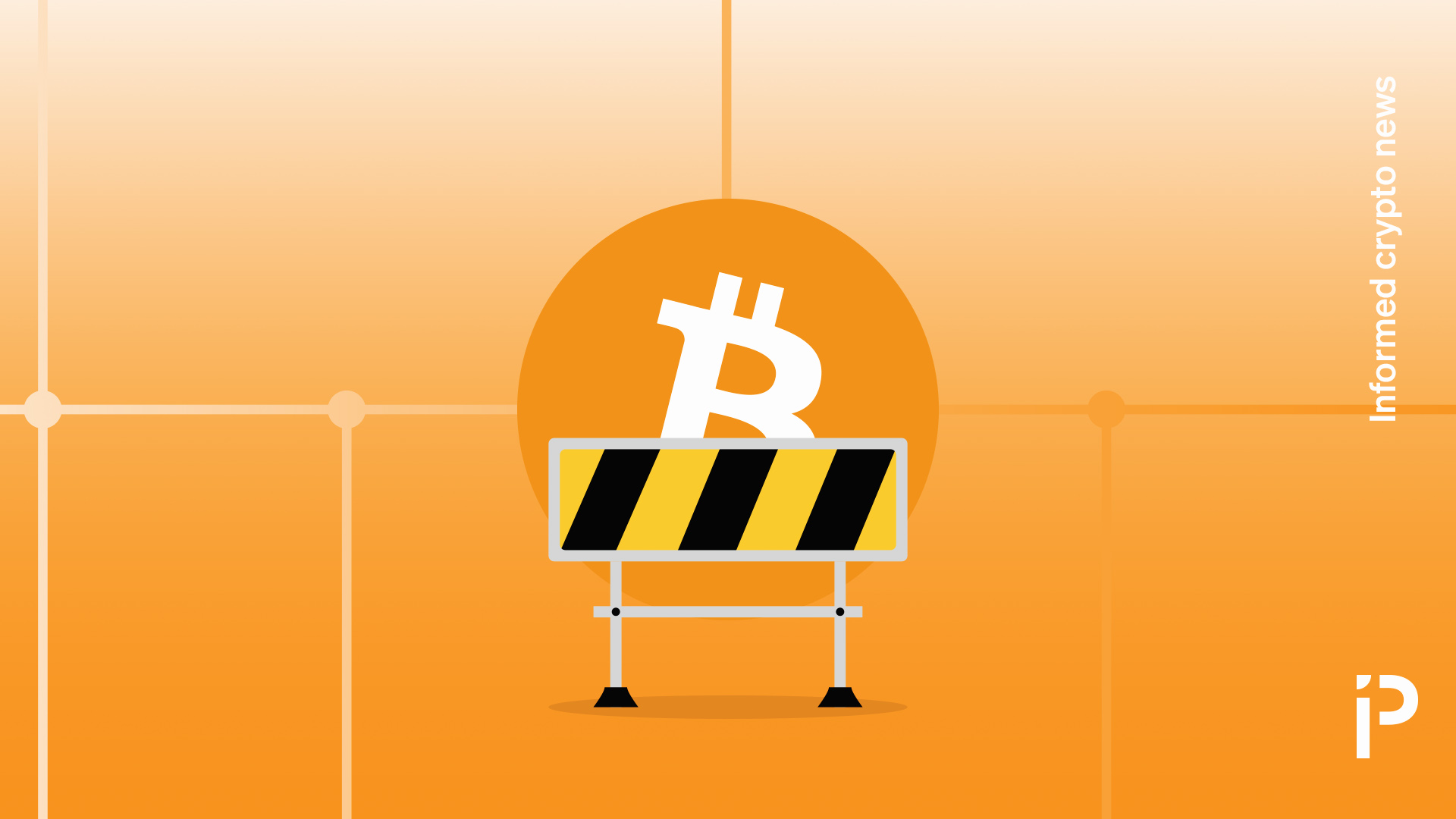Grayscale’s GDLC Fund, Holding SOL and ADA, Receives SEC Approval for NYSE Listing
Grayscale’s GDLC Fund, holding BTC, ETH, XRP, SOL, and ADA, receives SEC approval to list on NYSE Arca, offering crypto exposure.
Grayscale’s Digital Large Cap Fund (GDLC) holds major cryptocurrencies like Bitcoin, Ethereum, XRP, Solana, and Cardano. The U.S. SEC has approved GDLC to list on NYSE Arca. This gives investors regulated access to a fund with top digital assets.
SEC Approval Paves the Way for NYSE Arca Listing
On September 17, 2025, the SEC officially granted approval for the listing and trading of Grayscale’s Digital Large Cap Fund (GDLC) on NYSE Arca.
The fund holds Bitcoin, Ethereum, XRP, Solana, and Cardano, with Bitcoin making up over 72% of the fund’s holdings. Ethereum follows with a 17% allocation, while XRP, Solana, and Cardano each represent smaller portions.
The approval is expected to facilitate greater access to these major cryptocurrencies for institutional investors through a regulated ETF-like offering. Investors will be able to gain exposure to a diversified set of top crypto assets via this financial product.
Grayscale’s move to reduce its Bitcoin allocation and increase investments in ETH, XRP, SOL, and ADA is also part of a broader strategy to keep pace with market trends and investor interest in these assets.
Grayscale’s Role in Pushing Crypto ETF Development
Grayscale has long been a leader in the crypto ETF space, and its recent approval marks a significant step forward. Earlier in the year, Grayscale’s legal battles helped push the SEC to reconsider its stance on cryptocurrency ETFs.
ETF experts, like Nate Geraci, have noted that Grayscale’s lawsuit was pivotal in bringing about the approval of spot crypto ETFs. This could pave the way for future multi-asset crypto ETFs that track a variety of digital assets.
The approval of GDLC for listing on NYSE Arca comes as part of a broader trend in which the SEC is becoming more receptive to cryptocurrency investment products. The move follows months of deliberations, which included a temporary stay on the approval earlier this year, while the SEC reviewed its decisions.
With the SEC now allowing the listing, the crypto investment landscape is likely to see more regulated products, making digital assets more accessible to institutional investors.
New SEC Rule Enables Faster Crypto ETF Approvals
A new SEC rule passed on the same day as GDLC’s approval could lead to faster approval times for future crypto ETFs. The SEC’s introduction of generic listing standards for crypto ETFs reduces the approval process from 240 days to 75 days.
These new standards allow exchanges such as NYSE Arca and Nasdaq to list and trade commodity-based trust shares of eligible digital assets without the need for a 19b-4 form.
According to Bloomberg ETF analysts, up to 15 crypto assets are now eligible for faster ETF approval under this new rule.
The accelerated approval process is expected to pave the way for the launch of more than 100 crypto ETFs over the next year. These changes could help bring more liquidity and investor interest to digital assets, making crypto markets even more integrated into traditional finance.
With these new developments, Grayscale’s GDLC fund represents a pivotal moment in the evolution of crypto-based financial products. It also signals the growing regulatory acceptance of cryptocurrency as a viable asset class for institutional investment.
Vous aimerez peut-être aussi

Why Netflix’s Investment In Boxing Is A Marriage Made In Heaven

Canary Capital Finalizes Spot Litecoin ETF Filing with 0.95% Fee, Ticker LTCC
